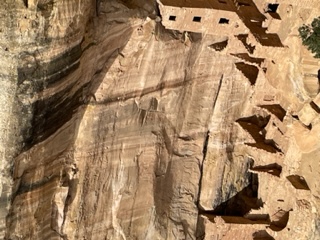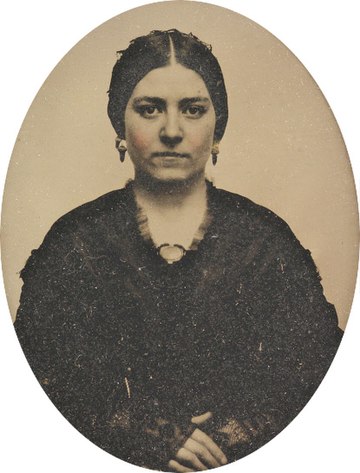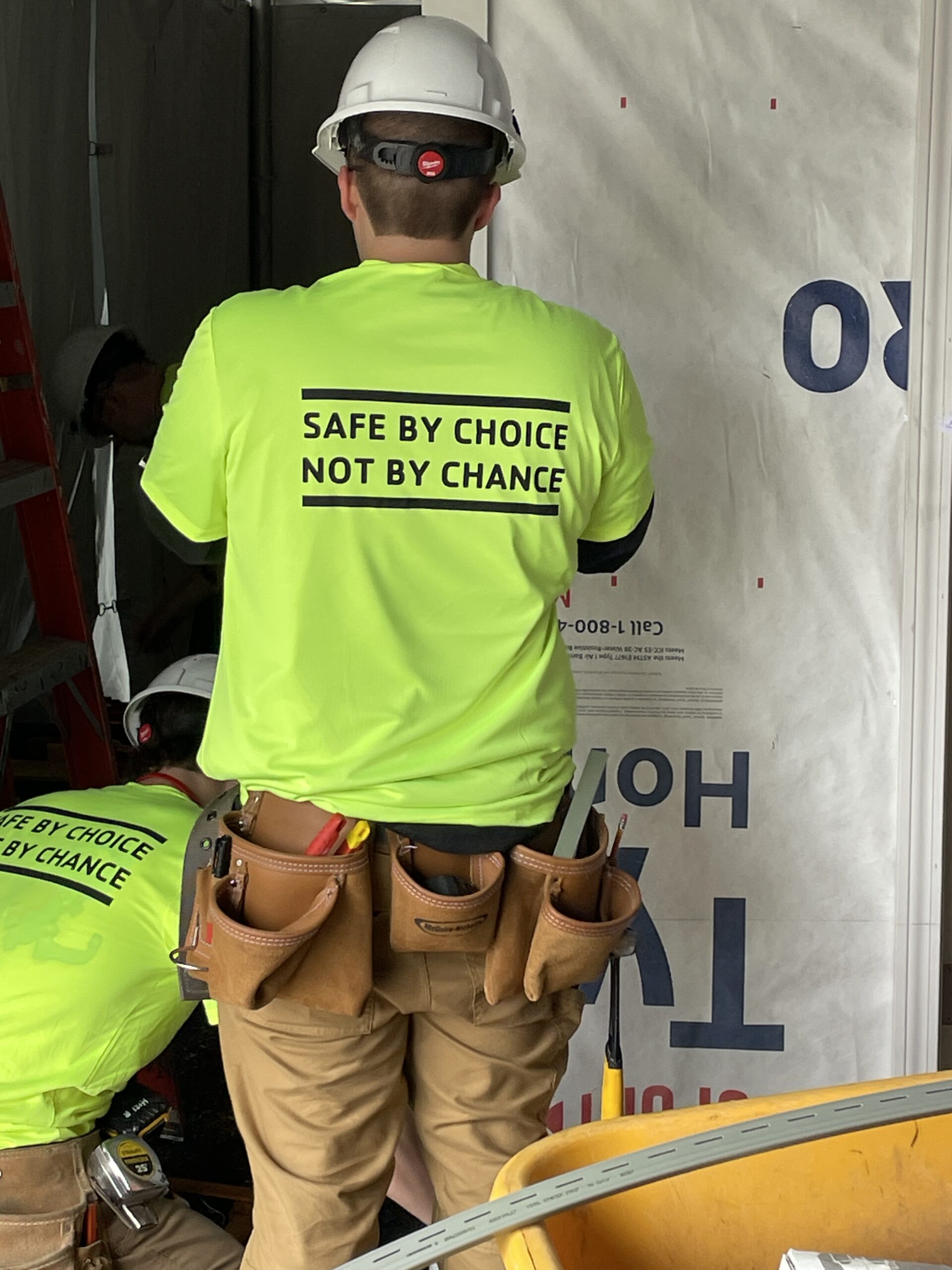October 2023
How do you choose what to read next? Does a friend’s recommendation or a book review sway you? How about random browsing in a bookstore or on the web? Sometimes these techniques work for me, but often I am on a mission.
Last winter, Andrew and I took a road trip from Boston to Utah and back. We visited places that were new to us – flat plains, remote mountains and non-coastal cities –and I wanted to fill my summer reading list with books from those settings, to see how real places come across in fiction.
Kansas was high on my list. After googling possibilities, I settled on James McBride’s The Good Lord Bird. The story begins in the 1850s when the territory (not yet a state) was the site of guerilla battles between pro-slavery and anti-slavery groups. The fighting was so fierce that it’s remembered as “Bleeding Kansas.” The book’s narrator is a young Black boy disguised as a girl who travels with abolitionist John Brown and his band of fighters. It’s fiction, but McBride did his research. Brown really was in Kansas, and he really did intersect with pro-slavery ruffians from neighboring Missouri, abolitionists from Oberlin College (McBride’s and my alma mater), Frederick Douglass, Harriet Tubman and other real people. Descriptions of the flat, open landscape seem accurate, if you overlook 150 years of population growth and development. Back then, the prairie grass was tall and small individual homesteads dotted the landscape, nothing like the large agricultural tracts of today. But the Tallgrass Prairie National Preserve in the Flint Hills give a glimpse of how things used to be. Understandably, Kansas prefers to remember the side of history that eventually prevailed, including in Lecompton where territorial legislators debated whether they would have slavery or abolition.


The Good Lord Bird ends with John Brown’s raid in Harper’s Ferry, another one of our stops. That landscape is intact, the rivers and hills of West Virginia being more immutable than the plains of Kansas. McBride’s narrator describes descending to the Ferry in a horse-drawn wagon.
“The road from the schoolhouse on the Maryland side going down to the Ferry is a dangerous one. It’s a steep, sharp hill. At the top of it, the road arcs like the curve of an egg. You bounce high over that, and from there you can see the Ferry and the Potomac clear, then you hit that hill and fly down that till you hit the bottom. Right there, at the bottom, is the Potomac River. You got to turn left hard to follow the road to the bridge back over to the Ferry. You can’t take that hill too fast coming off that mountain, cause if you come down too fast, it’s too steep to stop.”
In February, Andrew and I walked a similar path, steep and ragged, and this description seems very real. But the armory where Brown staged his raid has changed. No longer surrounded by taverns spewing out drunken citizens as described in the book, it is now a single pristine brick building within a national park.

I also wanted to read about Mesa Verde, the national park in Colorado. When we were there, I posted a picture of the mesa’s cliff dwellings on Instagram, and got a cryptic comment from Sven Birkerts, the director of Bennington’s MFA program when I was a student. “The Professor’s House” was all he wrote, and I had to ask what he meant. It turns out that’s a novel by Willa Cather, and I put it on my summer reading list. Initially I was mystified why Sven mentioned it because not until about two-thirds of the way through do the cliff dwellings come into play, part of the back story of a man the protagonist once knew. One summer, the man and his friend are tending cattle in the high plains and they spot a nearby mesa. Eventually they cross a river, scale the mesa and encounter dwellings carved into cliffs. Awed by what they see, they explore the remains and develop theories about the inhabitants.
“The town hung like a bird’s nest in the cliff, looking off into the box canyon below, and beyond into the wide valley we called Cow Canyon, facing an ocean of clean air. A people who had the hardihood to build there, and who loved day after day looking down upon such grandeur, who came and went by those hazardous trails, must have been, as we often told each other, a fine people.”
Cather’s characters, and maybe Cather herself, felt the sense of wonder we felt as we gazed at what once was a village cut into rock.

Toward the end of our trip we stopped in Asheville, North Carolina where we went to the Thomas Wolfe Memorial. There I picked up a copy of Look Homeward, Angel which I read this summer. Highly autobiographical, it’s set in Asheville, renamed Altamont in the book. The city was different in the early 1900s. No hipster coffee shops or destination restaurants. But tourists came, just as they do today, to luxuriate in the mountain air. Most stayed at rudimentary boarding houses like the one run by the fictional mother in the book which, in turn, was based on the real one Wolfe’s mother ran. Her establishment still stands, adjacent to the Wolfe memorial and looking pretty much as it did 120 years ago.
On the walls inside the memorial are local artists’ prints of images from Wolfe’s books. I’ve only read the one book so far and can’t identify most of the images, but the angel is easy to spot. There is something haunting about the images, almost spooky, which is also how Altamont (Asheville) comes across in the book. The novel, the prints and the actual boarding house where Wolfe lived as a boy came together in my mind to create a sense of place, exactly as I had hoped. Mission accomplished.







